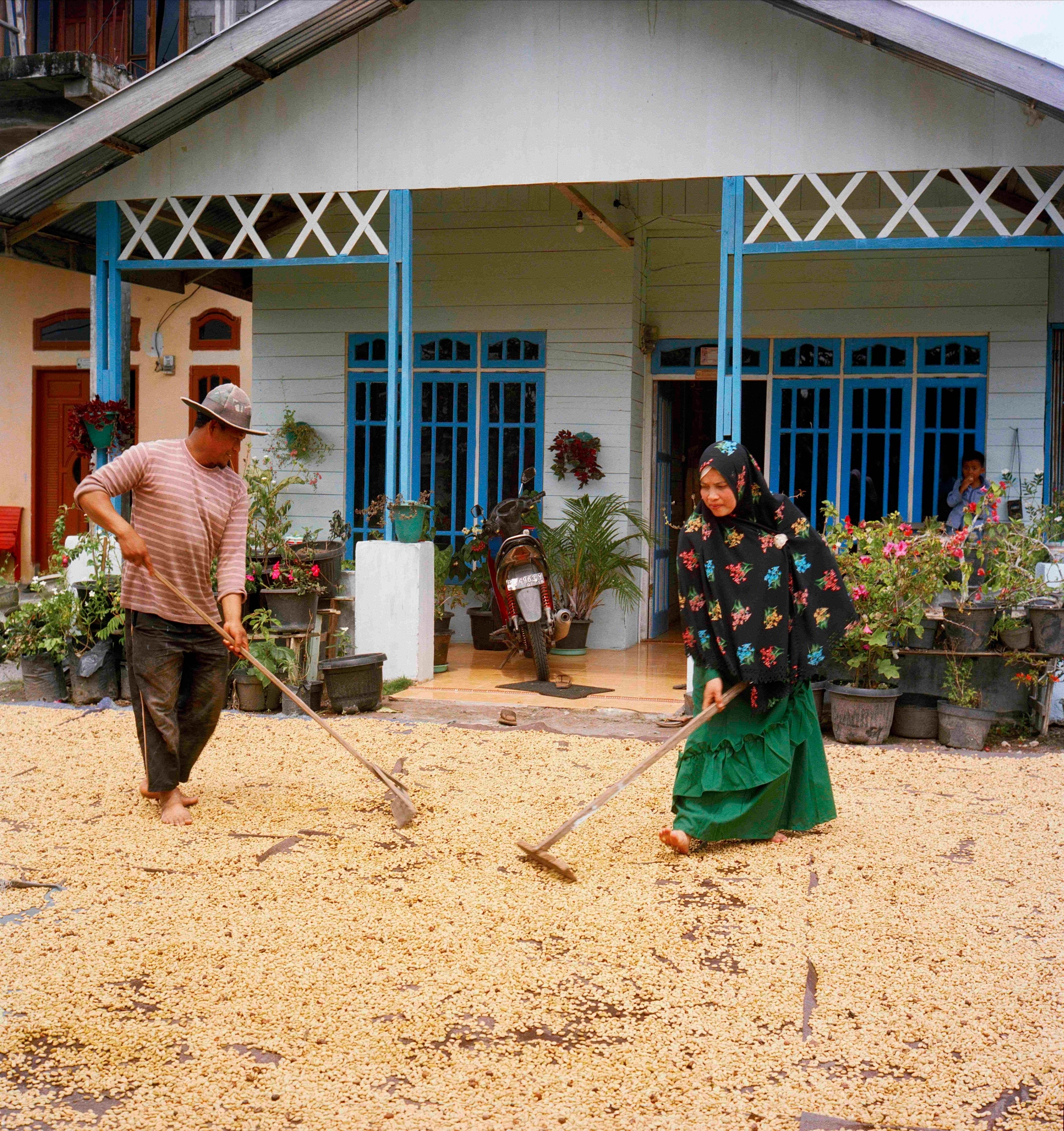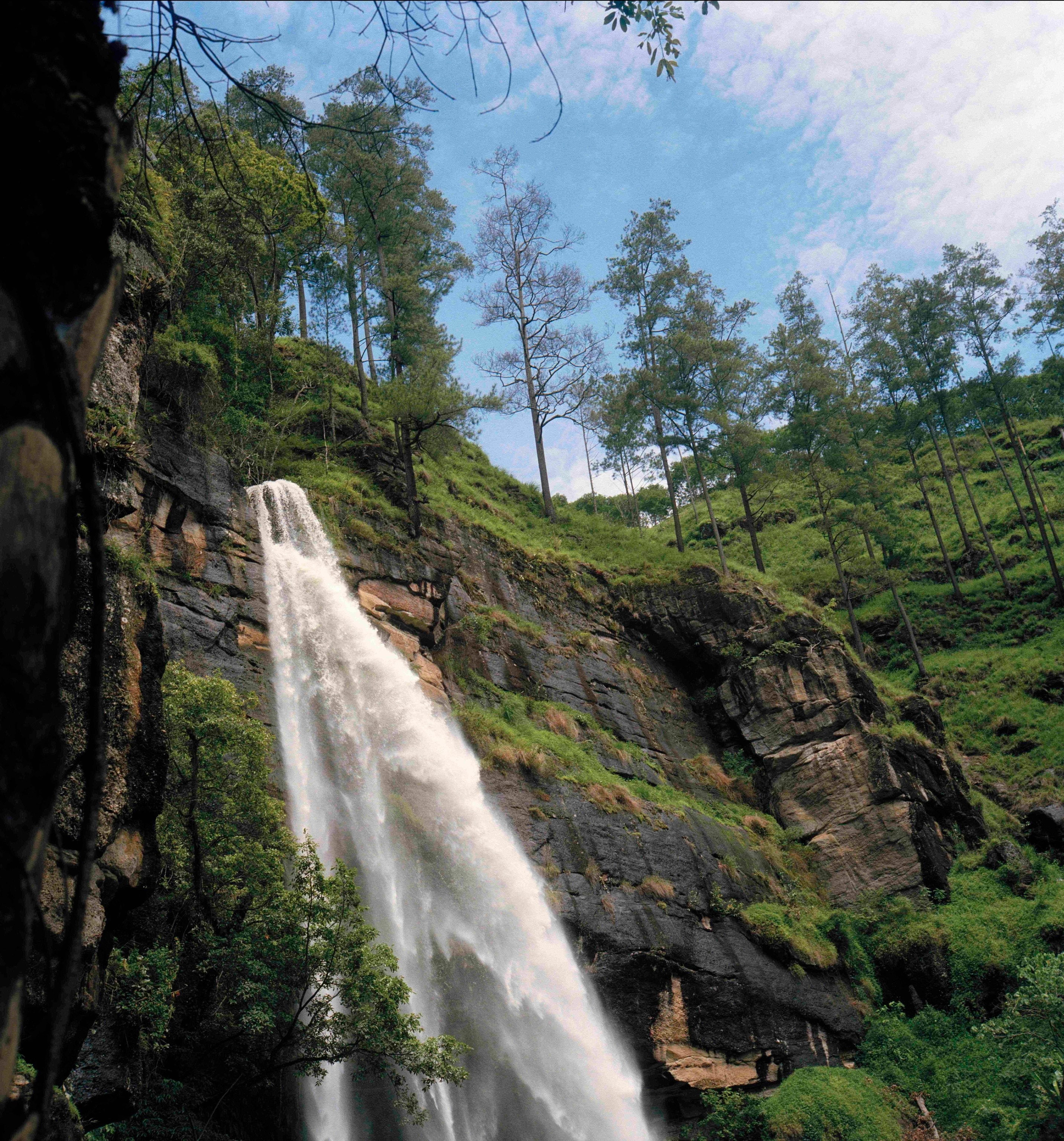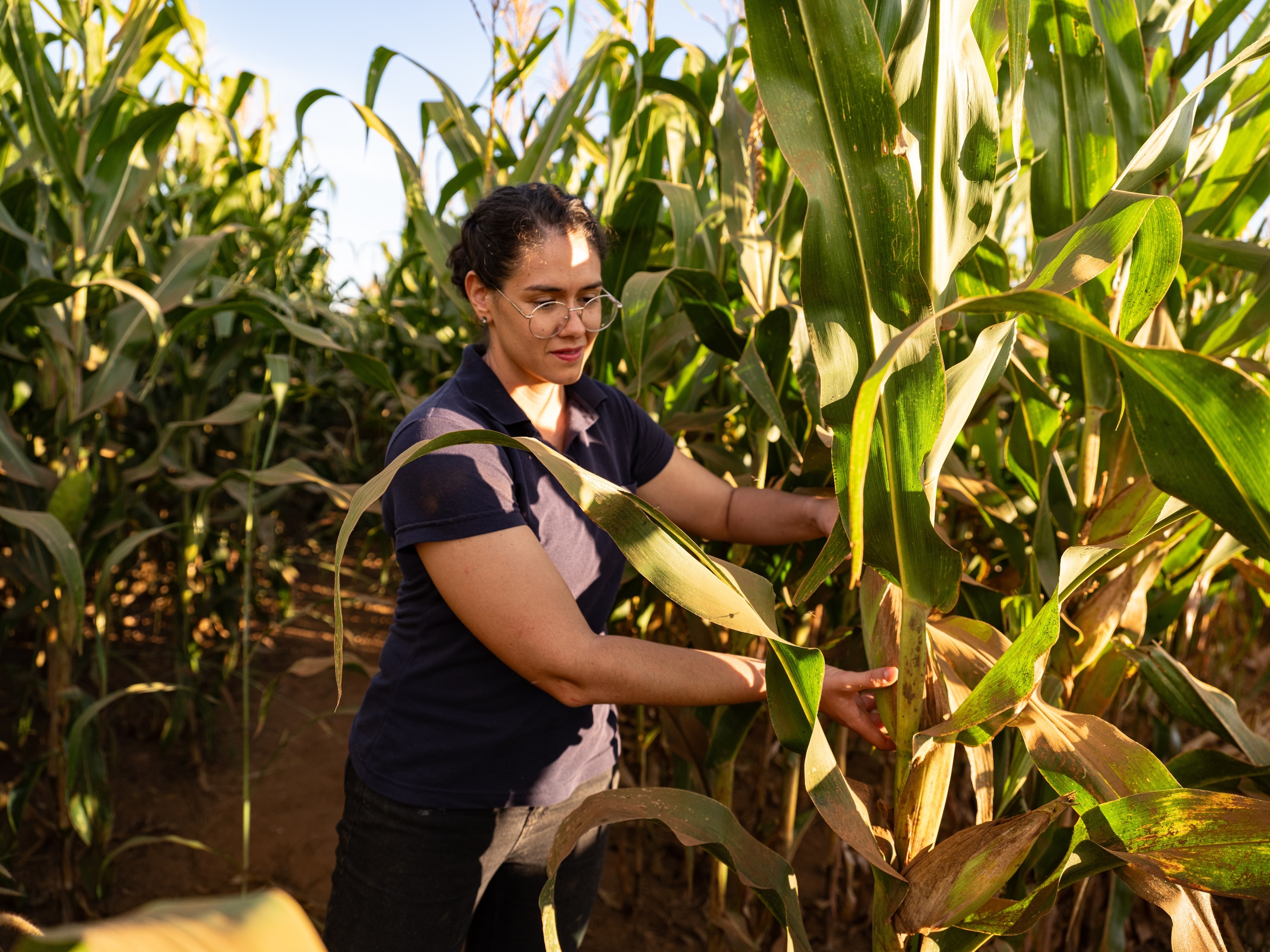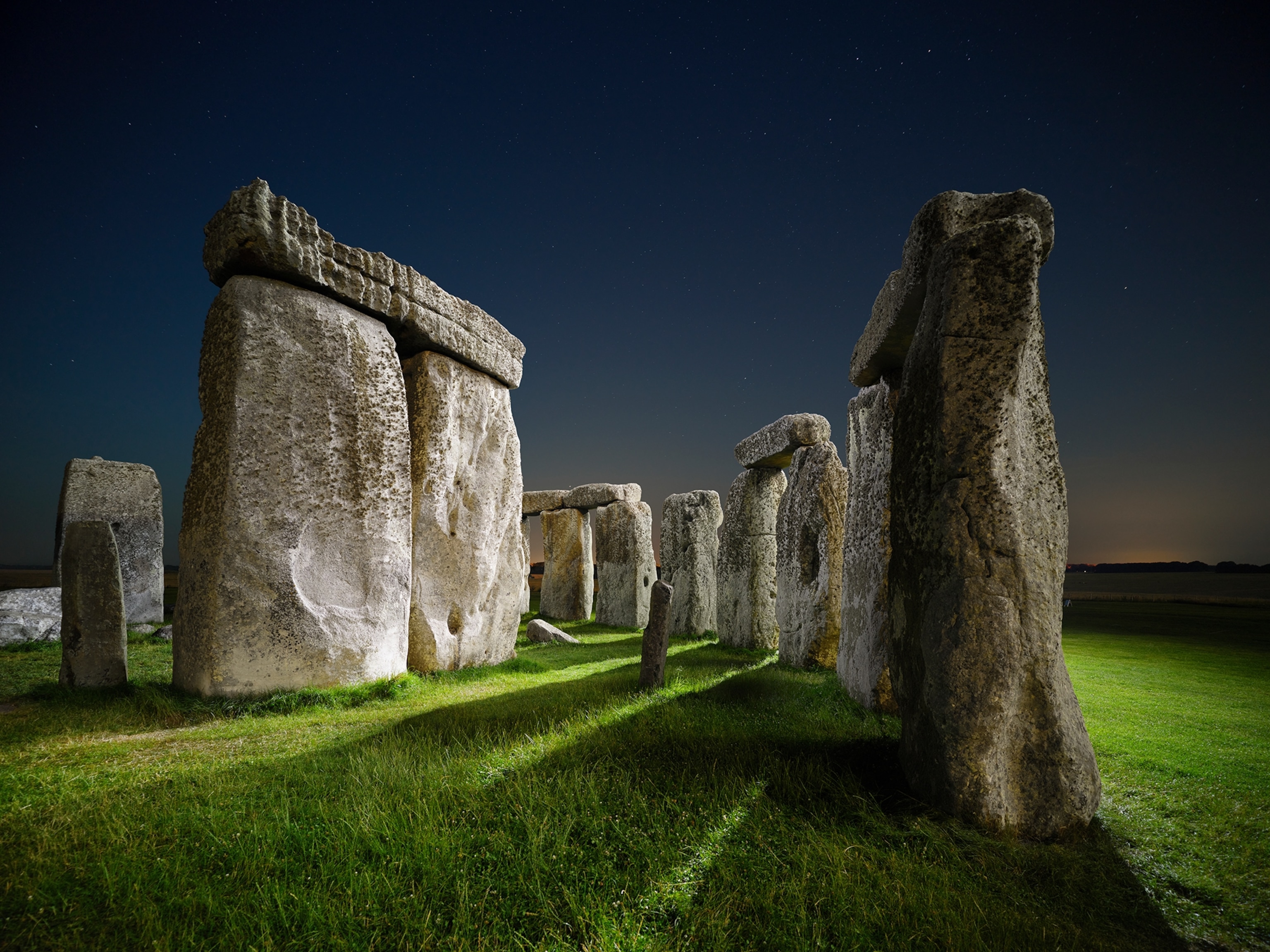Small farms in Aceh—the northernmost province on Indonesia's island of Sumatra—produce coffee unlike any other on the planet. Earthen and syrupy with notes of tobacco and tropical fruit, Nespresso's Aceh-sourced Master Origin Indonesia Arabica owes its distinctive taste, in large part, to an unusual coffee processing technique called wet hulling.
"The coffee farmers hull the coffee of its parchment skin when the coffee is still wet," says coffee expert Shirin Moayaad. "Everywhere else dries pulp parchment coffee completely, but in Sumatra, it gets skin-dried overnight to allow the largest amounts of excess moisture to drain off. Then, they hull it when it is wet—at about 40 percent moisture—so the coffee beans are very pliable. If you chew on one, you could bite right through it."
As Shirin explains, wet hulling likely was born of necessity—a way to accelerate the drying process in Sumatra's hot, damp environment. "The process is done in a few other places now, but nowhere else produces the intense, cured tobacco note of the Sumatra coffee. The combination of the wet hulling, the local climate and plant varieties, and the microbes and microclimates there produces this insane coffee."
Since the Sumatran cherries are much wetter when they are hulled, the beans take a bit of a beating in the process. Yet, instead of damaging coffee quality, Shirin says, the imperfections caused by wet hulling actually help enhance the flavor. "Together with the plant varieties and the particular microbes that get into the beans and affect the fermentation, the wet hulling creates this unique flavor most often likened to the taste or aromatics of cured pipe tobacco."
To bring the Master Origin Indonesia to the world, Nespresso, Fairtrade, and coffee supplier Olam established a new Fairtrade coffee cooperative in Aceh in 2017, named Ara ("this is") Cahayani ("sun or light") Gayo (for Aceh's location in the Gayo Highlands). Coffee farmers such as Iswandi, who has been growing coffee for over 10 years in Aceh, are among the 1,800-plus farmers in the region who are part of the newly created Fairtrade-certified cooperative. The Nespresso AAA Sustainable Quality™ Program, along with Fairtrade International, is supporting the coffee cooperative and farmers in improving upon the local socioeconomic conditions, farm productivity, and consistent coffee quality by offering hands-on technical support from Nespresso agronomists and paying premium prices for high-quality coffee.

AAA agronomists help farmers achieve consistent results using the unusual wet-hulling process that gives Aceh's coffee its distinctive taste. Process improvements include increasing the volume of high-quality coffee produced to ensure a steady supply for Nespresso's coffee connoisseurs.
As a result, Nespresso has a sustainable source of Indonesia Arabica and the Gayo Fairtrade cooperative members earn more for their coffee. The premiums paid by Nespresso for high-quality beans enables farmers to support their families and empowers the cooperative to invest in the local community.
"Nespresso receives good coffee and we get prosperity," summarizes Terry Enda Wahyuni, treasurer of the Ara Cahayani Gayo Fairtrade cooperative. "With the coffee, we give happiness to our farmers and increase members' welfare. Part of the premium paid will be invested by the members to build an after-school center for children in our community."
While the Fairtrade cooperative is relatively new in Aceh, the concept of working together is not, observes National Geographic photographer Rena Effendi, who recently traveled to Sumatra to capture images of the coffee culture in the Gayo Highlands.
"There is this real sense of community around the coffee that brings people together," Rena says. "We met laborers who work for other coffee farmers and also growers who work on their own farms. We also met a lot of women farmers who gather in one place for communal lunches. People share equipment on farms, and they all bring the coffee to one location to use the wet-hulling machine. Everyone works together for the coffee."






